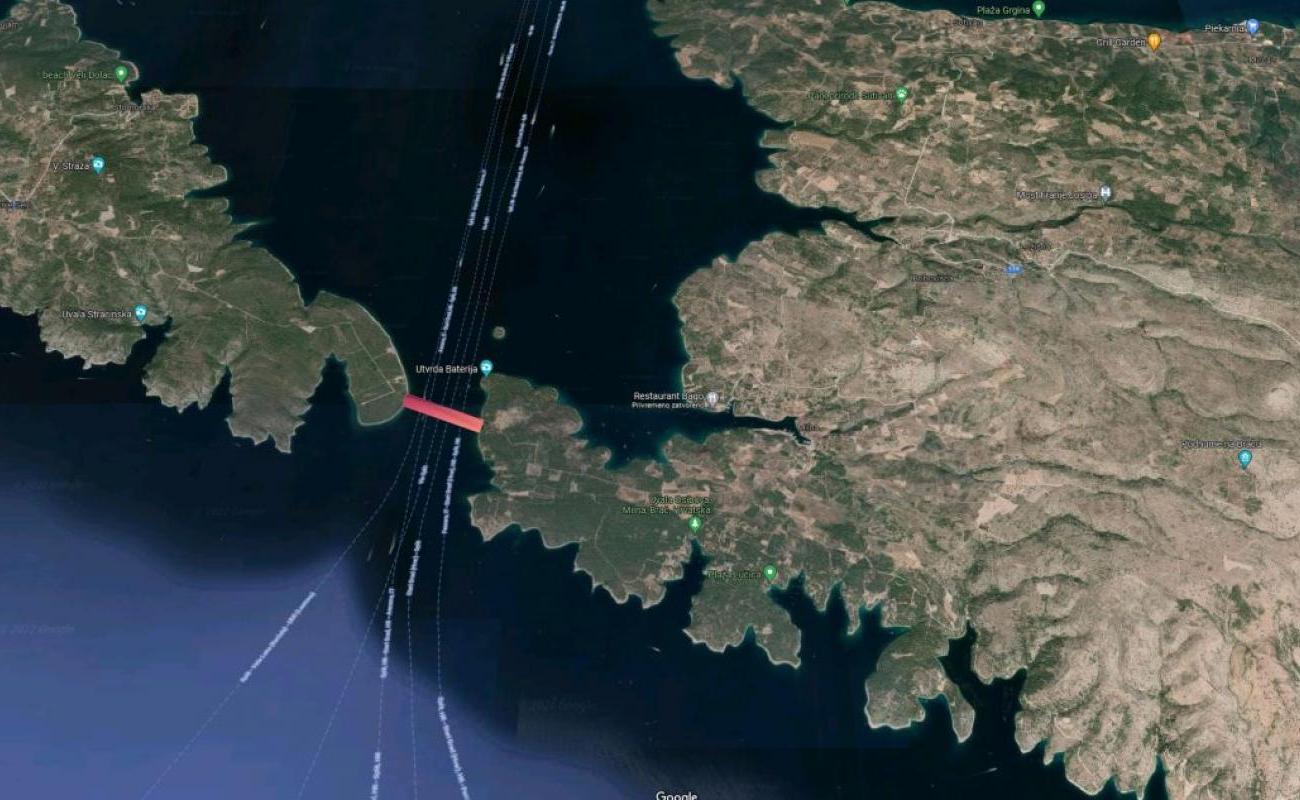A Croatian First: Šolta-Brač Underwater Tunnel Planned, Valued at EUR 50 million
January 19, 2022 - It has taken seven years for the Šolta-Brač underwater tunnel project to get a more concrete status in the Split-Dalmatia County Spatial Plan.

The status change took place in the third amendment, adopted in December last year. As a result, the essential provision on considering the possibility of underwater connections between the two central Dalmatian islands was replaced by classifying the project in the network of state roads to be built, Slobodna Dalmacija writes.
According to the plan, on the Šolta side, the entrance to the tunnel would be in the Livka area, and on the Brač side at the Milna point. Connecting roads would, of course, lead to the entrance. It will be the first underwater tunnel in Croatia and cost around 50 million euros.
"The initiative for change came from us," emphasizes Nikola Cecić Karuzić, Mayor of Šolta, stating the reasons for which they were guided.
"The interest of Šolta is that by connecting with a large island, it would get the shortest access to the Brač Airport and thus connect with the whole world. In summer, we would have ferry lines all day, now during the season, we have six, and in winter, four, while Brač has at least twice as many.
There are also several high schools on Brač, so our children, who are still studying there primarily for occupations in the hospitality industry, could travel to classes every day by organized transport. But, of course, this would also affect the development of agriculture.
On Šolta, the inhabitants are mainly engaged in sheep farming as a hobby, and at the moment, there are 23,000 sheep on the neighboring shoal. They keep them for agriculture, they fence the olive groves, and the sheep sprout thorns," the leader of Šolta tirelessly enumerates and explains:
"It would also have a positive impact on tourism. If there are up to 100,000 tourists on Brač in the summer, imagine what percentage would come to us, the flow of people and goods, how many activities could take place. These are all advantages of connecting with an island that is more developed than us."
Cecić Karuzić also notes that talks on this project have already been held in the competent ministries and announced the imminent start of obtaining documentation.
The financial side would be solved almost entirely with European Union funds, counting on a share from the treasury in Brussels of 85 or even 90 percent.
"We are interested in helping in preparing documentation and even financially as much as we can," says the Mayor of Šolta.
Šolta and Milna are, therefore, in agreement, but although the initiative to build the infrastructure facility is local, connecting the two islands is a state road, which means that the project will be under the jurisdiction of Hrvatske Ceste.
Until then, according to Zoran Botić, an expert advisor at the County Institute for Spatial Planning, inclusion in the Spatial Plan means that a corridor has been reserved so that the tunnel can be built. In any case, construction will be complex, demanding, and not cheap.
The Šolta-Brač underwater tunnel would be about 900 meters long, with 750 meters undersea since the entrances to the tunnel start on land.
"The width would be up to 18 meters with separate pedestrian and service corridors, and the internal height for vehicles at least five meters. It would be built of prefabricated pipes of individual lengths of 50 to 100 meters that would be laid in a planum made at the bottom. Part of it would be buried because the depth of the sea above the tunnel should be from 12 to 15 meters so that even the largest ships can sail unhindered."
The limitation of the longitudinal slope of tunnels should also be mentioned, for which the existing regulations should be corrected, i.e., harmonized with the world regulations for underwater tunnels. The higher longitudinal slope of the tunnel was once strictly limited due to the exhaust gases of vehicles, and today in this area, significant progress has been made in the construction of modern cars.
Indeed, tunnel ventilation remains a significant and unavoidable expense. The construction material must be high-strength concrete, waterproof, and resistant to the influence of salt. Croatian builders already have experience in the construction of large bridges and maritime structures.
Modern insulating materials in the form of various concrete admixtures and insulating coatings also enable significant savings," Botić said.
In assessing the value of the investment, he started by noting that the construction of an underwater tunnel is twice as expensive as that on land or by building a bridge:
"Based on the cost of building such projects in the world, this would cost between 40 and 50 million euros."
As for the deadlines for implementation, Botić says no less than two years for obtaining the documentation:
"This deadline is realistic, especially for projects that have not been done so far, but also given the demanding environmental impact study, while the construction itself will take two and a half to three years."
